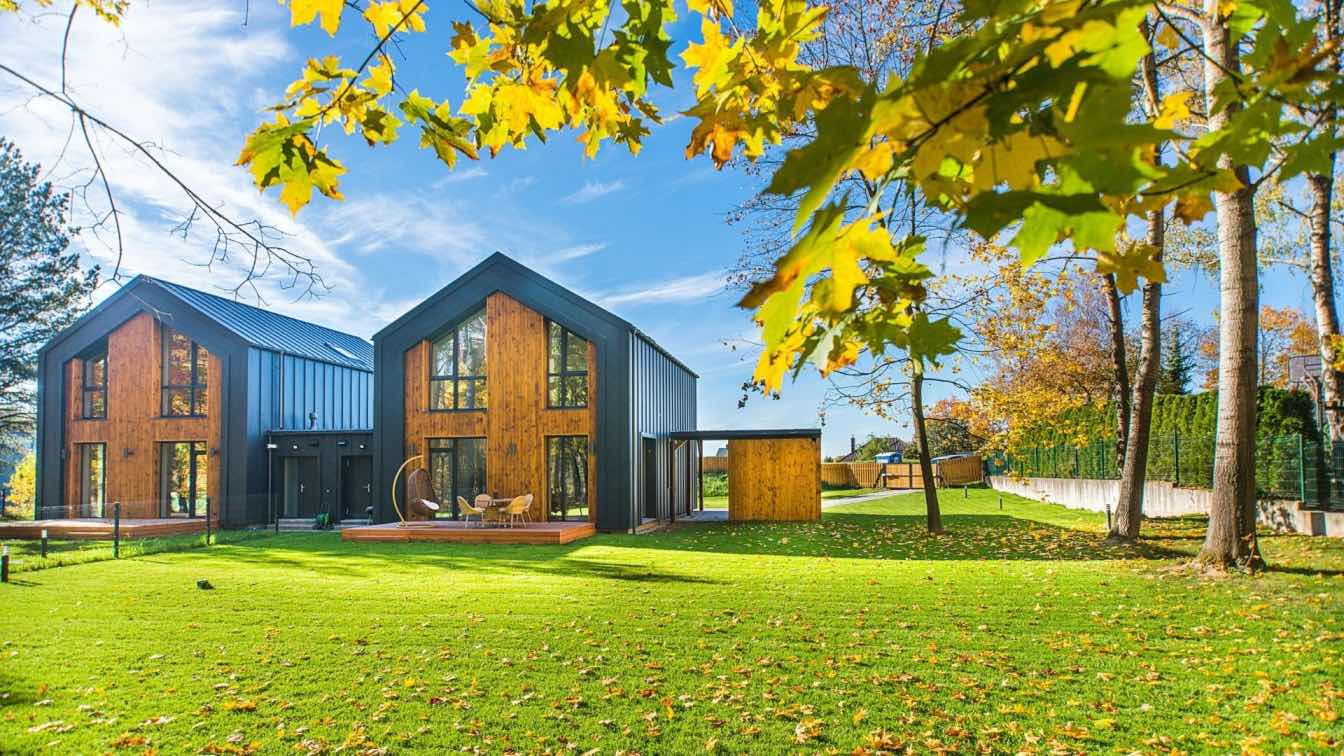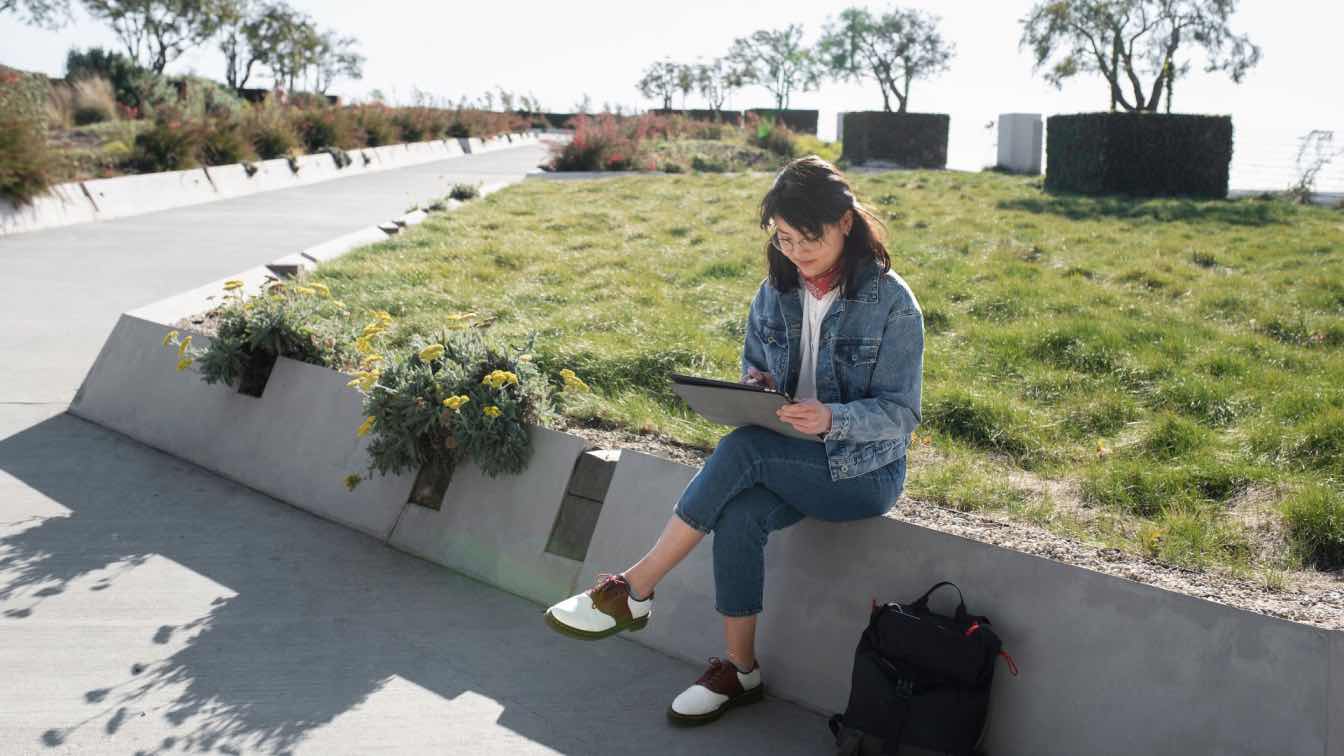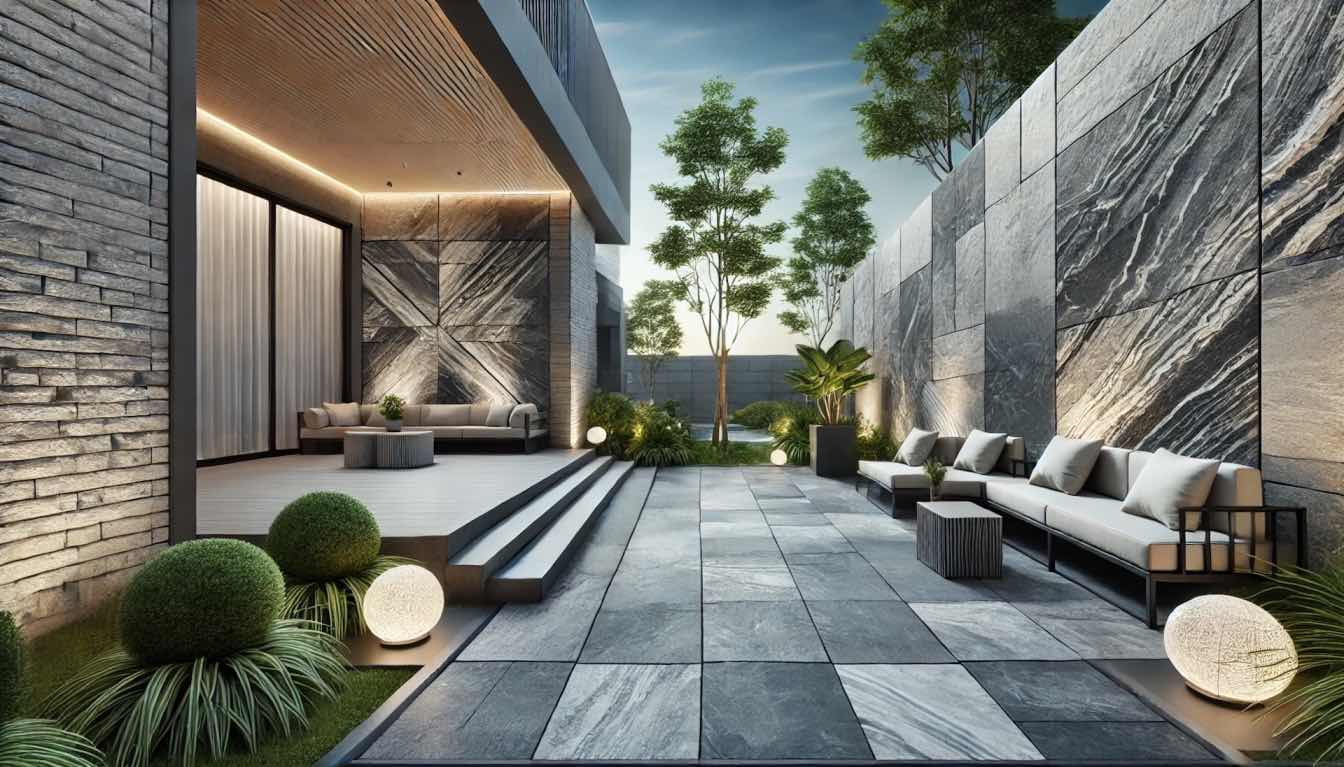The safari style in the interior is the choice of connoisseurs of exoticism and exclusivity. We will tell you how to decorate the interior in this style. When we say the word ‘Safari’, we hear associations with the scorched lands of Africa. This interior style combines the beauty and diversity of untouched African nature, the spirit of travel and modern human achievements. Therefore, the interiors in this style resemble the house of a traveller who is fond of nature, culture and life in Africa. If you use safari to decorate the entire interior, you will need to make a major overhaul, otherwise you can competently mix it with the existing style using several characteristic accents.
Safari Style in the Interior: Distinctive Features
This trend has a lot in common with eco-friendly, colonial and African styles. But at the same time, it remains original and recognisable. Its characteristic features include:
Animal Motifs: Ornaments of African fauna, in pure or stylised form, are used in wall or floor decoration, furniture pieces, rugs, lamps, vases and other decorative elements.
Natural Materials: Wood, stone, plaster, artistic painting, eco-wallpaper, cotton, linen, wool, ceramics and metal. Simple, sometimes rough finishes.
Natural Colours: Shades of African spaces - soil, plants, trees, animals, sky, sun and clouds. A calm, sustained palette, without excessively bright shades.
Atmospheric Decor: The rooms are decorated with accessories with African motifs and characteristic safari attributes (maps, an old suitcase, a compass, etc.).
Safari Style Interior Design
Safari style interior design implies the use of natural materials. There is no place for self-levelling floors and plastic panels.
Wall Decoration
This surface can be left untreated, especially if it is made of stone. Cladding with natural wild stone is also suitable, but not as luxurious as granite or marble. Another popular method is textured decorative plaster. The effect of roughly treated walls, with small picturesque cracks, will create the necessary atmosphere. Part of the wall can be decorated with textiles, natural wood, or artistic painting with a thematic pattern (animals, wildlife, etc.). You can also create visual accents with the help of eco-wallpaper made of natural fibres, which will make the decoration look eco-style.
Floor Finishing
The flooring for a safari style interior should be natural and as simple as possible: massive board; cork; wide parquet; natural stone; ceramic tiles with imitation stone; porcelain stoneware. Choose monochrome colours or with a discreet stone or wood texture.
How to Choose a Floor Covering
In the guest area or bedroom, the floor is additionally decorated with a small bamboo or straw mat, a carpet with an animal or a simple geometric print. Artificial skins of cheetah, zebra and other animals of African landscapes look authentic in such an environment.
Ceiling
The safari style ceiling is minimalistic and balances the floor, wall, furniture and decorative elements. Thus, plastering and painting in the colour of the walls or white, bleaching with natural lime, and suspended structures are allowed. Wooden beams, especially in a rough stylisation, dissimilar to each other, with minor cracks, will not be superfluous.
How to Visually Make the Ceiling Higher
As you can see, the decoration of the floor, ceiling and walls in the safari style does not differ in variety. But at the same time, such an environment combines naturalness and accessibility.
Safari Style Colour Palette
Safari design involves the use of natural shades found in African nature. The following colour schemes are suitable:
For Walls and Ceilings: Sand, beige, milk, light brown, white, ocher and terracotta, natural shades of green.
For Floors: Dark brown wood shades, bleached oak, grey and light black.
Furniture and Decorative Elements: Chocolate or terracotta colours. Shades of brown and black, deep yellow and fiery red are also suitable. Blue and blue are appropriate in small quantities.
Such a natural environment is diluted with animal motifs that resemble the image or characteristic colour of a zebra, jaguar, antelope, giraffe or crocodile. It can be an artistic painting on the wall, prints, photos, ornaments on wallpaper or textiles, or artificial leather. This complements the natural colour palette and reveals the safari style from the best side.
The safari-themed slots at Stay Casino capture the essence of the African wilderness and the natural charm of safari design. The slot machines use a Safari Style Color Palette that incorporates natural shades found in African landscapes. The floor is decorated with dark brown wood tones, bleached oak, grey, and light black; furniture and decorative elements highlight chocolate or terracotta hues; deep yellows and fiery reds add vibrancy; blue and teal accents are used sparingly.
You may explore these themed slots without having to make any initial investments thanks to Stay Casino no deposit bonus, which will further heighten the excitement of your journey. Explore the exotic world of safari slots and experience the excitement of extra bonus money that is completely free!
Animal patterns and colours that look like zebras, jaguars, antelopes, giraffes, or crocodiles are used to decorate this natural setting. These patterns and colours can be seen in paintings, prints, photos, wallpaper accents, or textured materials like faux leather. Together, these details add to the safari theme and make the game more immersive and visually appealing for players.
Safari Furniture
To create a safari design, you need handmade furniture. African woods will best convey the spirit of the style: sandalwood, rosewood, mahogany and others. But if they are not available, high-quality local species (yew, walnut) will do. Upholstery - natural fabrics or leather. Choose furniture items that are light, small, comfortable and aesthetically pleasing. Use other furniture to decorate the premises: wicker, made of rattan or bamboo; forged or metal; with animal motifs - such elements can be in the upholstery, design of handles, legs, armrests or backrests. Safari interior design can be complemented with exclusive furniture. This is a beaded armchair, a cabinet made of an old leather suitcase, a sofa or chest of drawers inlaid with imitation ivory. Low stools with thick legs, rough shelves, orange and red bedside tables look appropriate.
Safari Style Lighting
There are no strict rules in this aspect of the interior. Safari is characterised by large windows, and the absence of thick curtains fills the rooms with enough sunlight. Any source is suitable for artificial lighting: chandeliers, sconces, floor lamps, table lamps. The main thing is their appearance. Neutral models with simple shapes and neutral colours are perfect. Another option is a distinctive stylisation: a table or pendant lamp resembling a camping lamp; chandeliers with spherical lightweight lampshades or lampshades made of coarse fabrics; chandeliers, sconces and floor lamps in animal colours; a lamp in the form of crossed elephant tusks. Lighting fixtures may include wood, inlays, imitation ivory, gilding and stone.
Safari Style Decor
Decorative elements fully reveal the safari style. One of the main components of the decor is animal prints. Artificial leathers in the form of rugs and capes, a blanket or sheet with a giraffe or zebra pattern, a panel on the wall depicting a savannah, photographs of animals. Another important component is safari attributes. These include geographical maps, binoculars, compasses, old suitcases, chests, telescopes, glazed herbaria, hiking suitcases and retro cameras. 2-4 items are enough, because the interior can become similar to the colonial style or turn into a collector's room. Complement the atmosphere with the following elements: statuettes and figurines of rhinos, elephants, cheetahs and others; earthenware and ceramic dishes - plain or with characteristic ornaments; thick candles; tam-tam drums; vases made of glass or ceramics in the form of animals; drawings in the form of naive art, etc. In safari, as in most other styles, indoor plants are appropriate. Palms, rubber and banana trees, cacti, ficuses and other exotic flowers are suitable. But it is better to refuse stuffed animals and animal heads on the walls.





